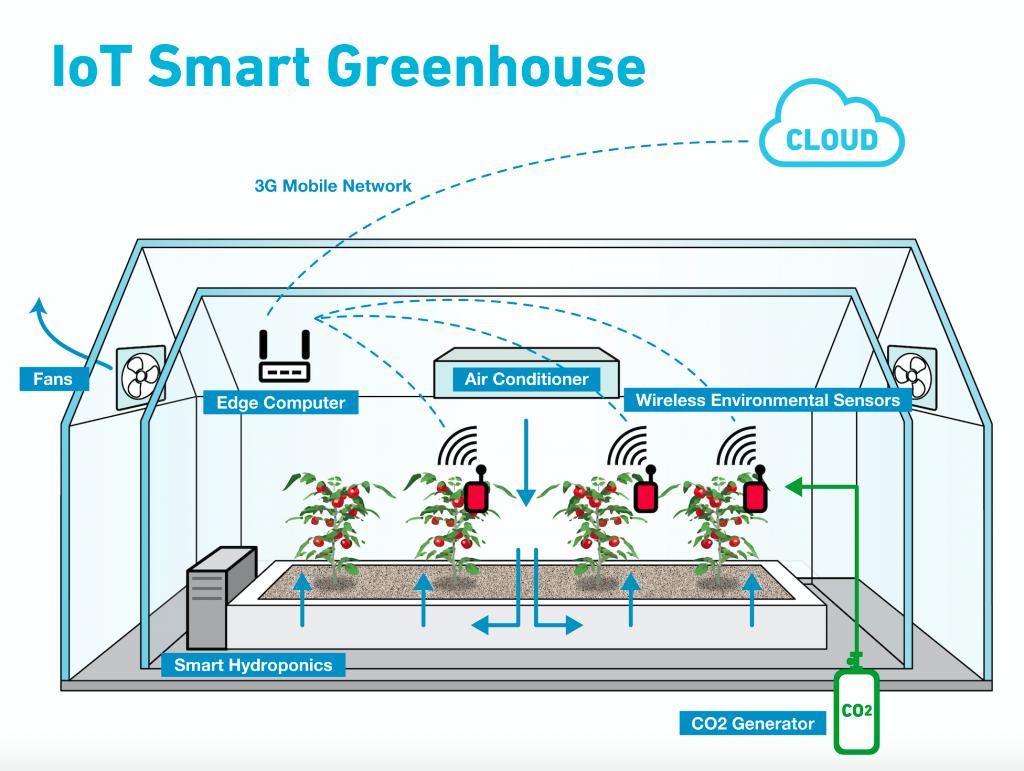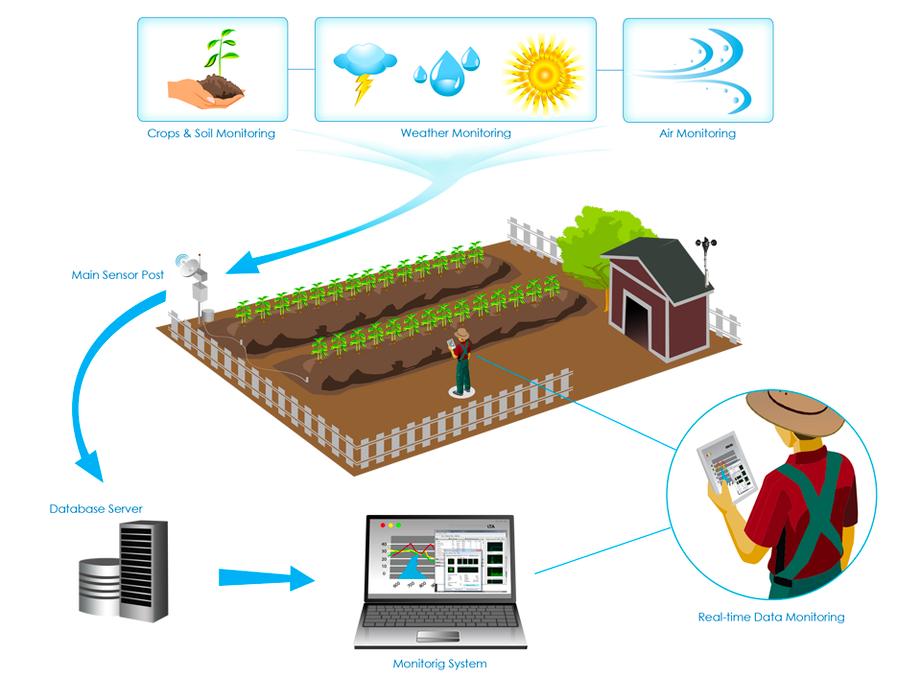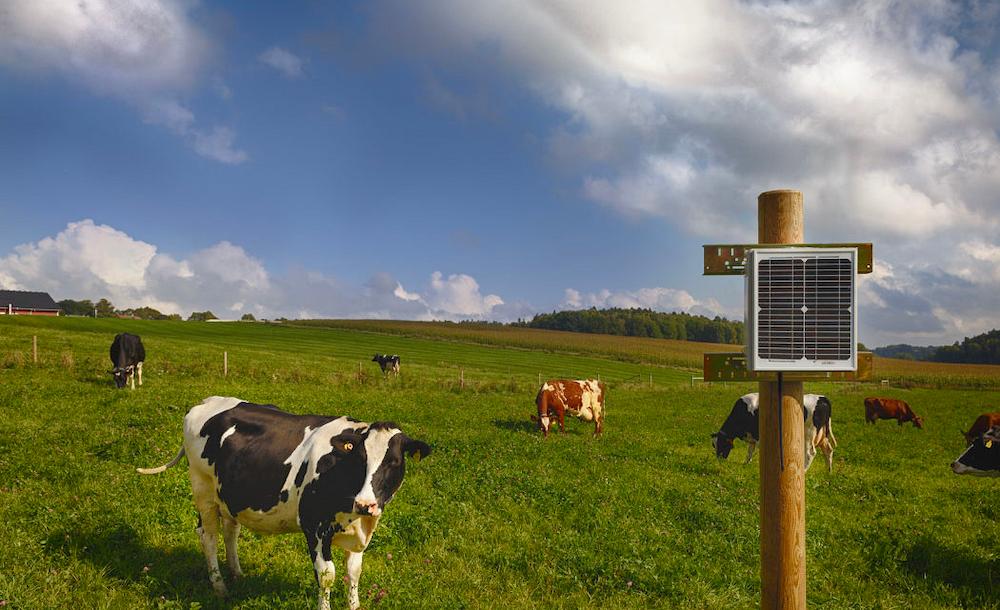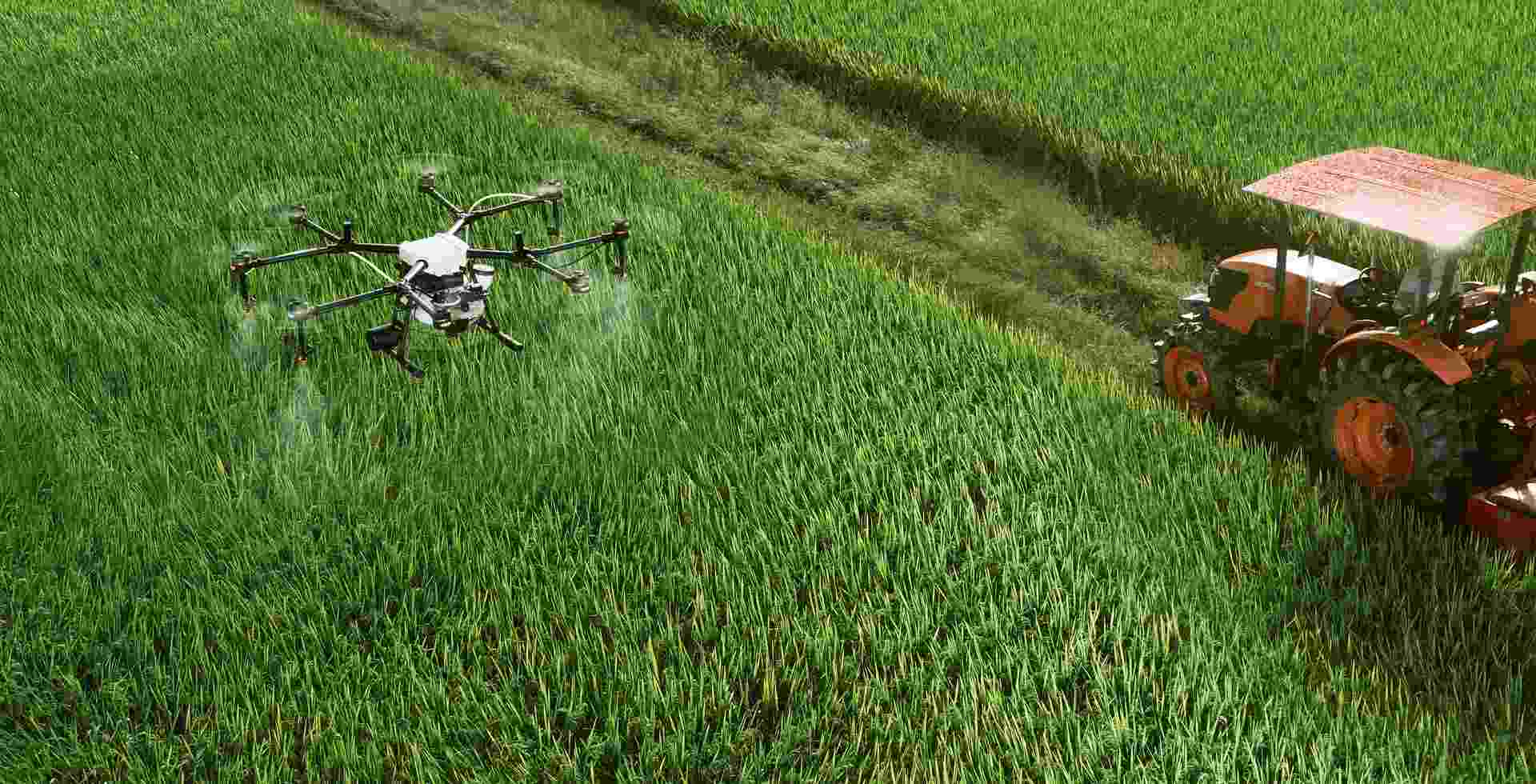How IoT is Revolutionizing Agriculture: Exploring the Future of Farming
Since the adoption of IoT (Internet of Things) continues to expand, it’s no surprise that smart agriculture IoT, connected devices, and automation would join the fray. This transition to IoT applications in agriculture has proved to be quite beneficial, having enhanced all facets of the agricultural industry.
Over the past ten years, the agricultural industry has experienced a plethora of technological advancements, which contribute to its increased industrialization and technological focus.
Using different IoT smart agriculture devices gives farmers more control over their crop and livestock processes—improving productivity and creating more predictable outcomes.
In the article below, we have compiled scenarios involving smart agriculture using IoT projects, enabling us to analyze the benefits of this new technological advancement. For those considering investing in smart farming or planning to create IoT solutions in the agriculture industry, the insights provided will be of great help.
IoT in agriculture = smart agricluture
There are a variety of ways to refer to the concept of modern agriculture—one example being AgriTech, which refers to the general application of tech in the agricultural industry. However, smart agriculture mostly denotes the implementation of IoT in agriculture.
But how does IoT make agriculture smart?
By implementing IoT sensors to acquire machine and environmental metrics, farmers can make more accurate predictions and decisions, which greatly improve practically every aspect of their work (from crop farming to raising and managing livestock).
As an example, using smart agriculture IoT sensors to monitor crops, helps farmers determine precisely how many fertilizers and pesticides they’ll need to maximize production. This also applies to the definition of smart farming.
While smart agriculture IoT (and industrial IoT in general) lack the same popularity as consumer-connected gadgets, the IoT in the agriculture market maintains an intensely dynamic quality. This dynamic nature is driven by the constant innovation of new IoT applications that enhance productivity, sustainability, and profitability in agriculture.
This shows how agricultural IoT solution implementation only continues to grow without signs of slowing down.
The worldwide smart agriculture market size is expected to triple by 2025—climbing to a staggering $15.3 billion. That’s quite the jump considering it was slightly more than $5 billion back in 2016.
Due to the developing smart agriculture market, there’s still more than enough opportunity for organizations who want to enter the market. Constructing agricultural IoT solutions in the coming years is an excellent way to get ahead of the competition as a pioneer—thus, helping you increase your chances of success.
Benefits of IoT applications in farming
IoT and technology could completely revolutionize agriculture in a variety of ways. Below we’ve got five of the most notable ways IoT could improve the lives of people in the agricultural industry:
- • High volumes of data collection by IoT agriculture sensors (like soil quality, crop growth, weather conditions, livestock health, etc.). Such insight can then help farmers track and manage the general status of their business, as well as equipment efficiency and employee performance—to name a few.
- • Improved control over the internal processes that result in fewer production risks. The capability to predict production output, lets farmers plan for more optimized product distribution. When farmers know exactly how many crops they can expect to harvest, it helps ensure that products won’t waste away unsold.
- • Improved cost tracking, and lesser wastage due to more control over production. Recognizing livestock health and crop growth anomalies makes it much easier to decrease the risks of yield loss.
- • Better efficiency via process automation. IoT smart agriculture devices allow farmers to automate numerous processes throughout the production cycle (for example, automatic irrigation systems can adjust water flow depending on moisture levels in the soil). This ensures all crops receive the correct amount of water without the risk of over or under-watering.
- • Better quality and higher volumes of the final product. Automation can help farmers control production processes and consistently ensure higher standards of crop quality and growth capacity.
Now that we’ve covered how IoT can be advantageous in the agriculture industry, let’s review real-life examples of successful IoT implementation in farming.
IoT applications in agriculture: real-life use cases
Numerous IoT devices are used in agriculture which leads to many interesting applications in the industry.
Climate condition monitoring

One of the most popular smart agriculture devices is the weather station, which blends a variety of smart farming sensors.
A few examples of weather station agriculture IoT devices are allMETEO, and Pycno.
Stationed across the field, weather station IoT devices acquire various environmental information and transmit it to a cloud.
This data is then used for precision farming, helping farmers predict and map climate conditions, select suitable crops, and take necessary precautions to increase productivity.
Precision farming
The use of precision farming or precision agriculture is centered around increasing productivity and making data-driven decisions. It is also one of the most widely used and effective solutions for IoT in agriculture.
By using IoT sensors, the agricultural industry can gather a wide range of metrics on every aspect of a field’s microclimate and ecosystem, such as temperature, soil conditions, lighting, humidity, CO2 levels, and pest infestations.
The data collected helps farmers predict the optimal watering volumes, pesticides, and fertilizers, reduce expenses, and produce higher-quality crops.
CropX is an example of an IoT solution that provides soil sensors that measure soil moisture, temperature, and electrical conductivity, allowing farmers to manage the unique needs of each crop. Combined with geospatial data, this IoT technology can create precise soil maps for each crop field.
Predictive analytics for IoT smart agriculture
In agriculture, predictive data analytics and precision farming complement each other. While IoT sensors and smart farming technology offer real-time insights, data analytics enables farmers to make sense of the data and generate predictions for factors such as crop harvesting time, risks of disease and infestation, and expected yield volume.
Data analytics tools make farming more manageable and predictable, especially since the industry is highly dependent on weather conditions. For instance, the Crop Performance platform provides farmers with early access to information on product yield quality and volume. It also identifies crop vulnerabilities to poor weather conditions such as droughts and floods and helps optimize water and nutrient supplies for each crop while also identifying yield traits that can improve quality.
Automated greenhouses

Smart greenhouse powered by IoT. Source: AWS
Farmers commonly rely on manual intervention to manage greenhouse environments. However, IoT smart agriculture sensors and actuators enable them to acquire accurate real-time data on greenhouse conditions such as temperature, lighting, humidity, and soil conditions and control them remotely.
Some examples of IoT agricultural solutions that provide such capabilities are Growlink and Farmapp, among others.
GreenIQ is another interesting solution that utilizes smart agriculture sensors, particularly its smart sprinkler controller that allows farmers to remotely control their lighting and irrigation systems.
Crop management

Crop management using IoT. Source: Instructables
Another type of IoT agricultural device (and another aspect of precision farming) is a crop management system. Similar to weather stations, they must be in the field to acquire data that’s specific to crop agriculture. This involves temperature, precipitation, leaf water potential, and the overall health of crops.
This lets farmers monitor crop growth, and notice anomalies to effectively prevent disease or infestation that harm yields. Arable and Semios can provide excellent representations of how this technology applies in real life.
Cattle management and monitoring

IoT-enabled livestock management. Source: BDDBTECH
As with crop monitoring, IoT agriculture sensors attached to livestock, monitor their health and record their performance. Animal monitoring and tracking help acquire information on stock health, well-being, and physical location on the farm.
Such sensors identify sick animals, which allows farmers to isolate them from the rest of the herd before the disease can spread. With the use of drones, farmers can take advantage of real-time cattle tracking, which also helps mitigate staffing costs.
One example is SCR by Allflex and Cowlar, which uses smart agriculture sensors (collar tags) to transmit health, temperature, activity, and nutrition insights on each cow—along with collective data about the herd as a whole.
Drones for agriculture

Agricultural drones represent one of the most exciting and cost-effective IoT smart farming advancements.
Drones are more adept than satellites and airplanes in acquiring agricultural information and can execute a plethora of tasks that previously required human labor, such as planting crops, defending against pests and infections, agricultural spraying, and crop monitoring.
In addition to their surveillance capabilities, drones have proven to be highly efficient in various applications. For example, DroneSeed constructs drones that plant trees in deforested areas, with six times the effectiveness and efficiency of human labor.
The Future of Agriculture Revolutionized by IoT
In recent years, the agricultural industry has faced numerous challenges. However, IoT smart agriculture is delivering innovative technological advancements that greatly benefit farmers.
The necessity to increase production yields is more critical now than ever because of the exponential worldwide population growth—which shrinks farmlands and depletes finite natural resources.
According to the UN Food and Agriculture Organization (FAO), the world’s population is predicted to grow beyond 9 billion people by 2050. To create enough food for the growing population, agriculture production volumes must increase by 50%.
There is no doubt that IoT smart farming can help overcome this challenge—in fact, it may not be possible to meet the demand without IoT in agriculture.